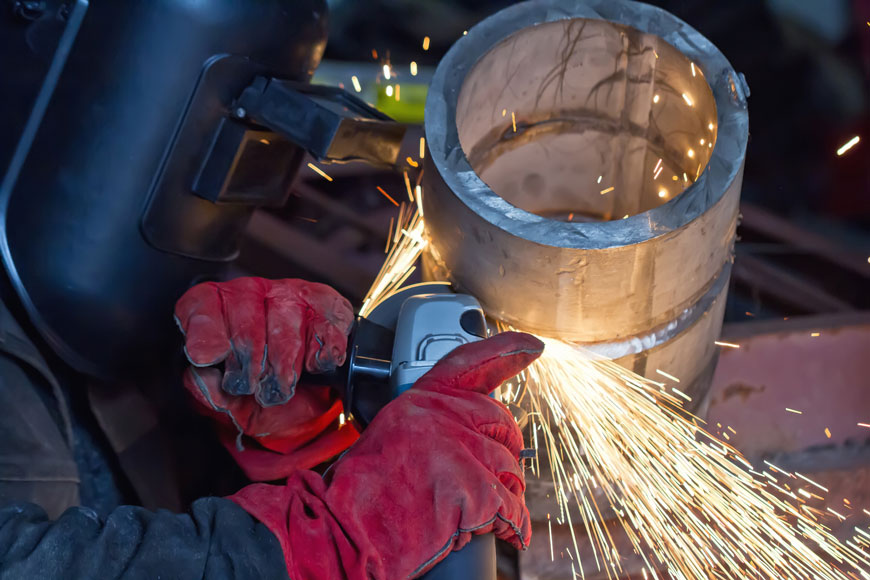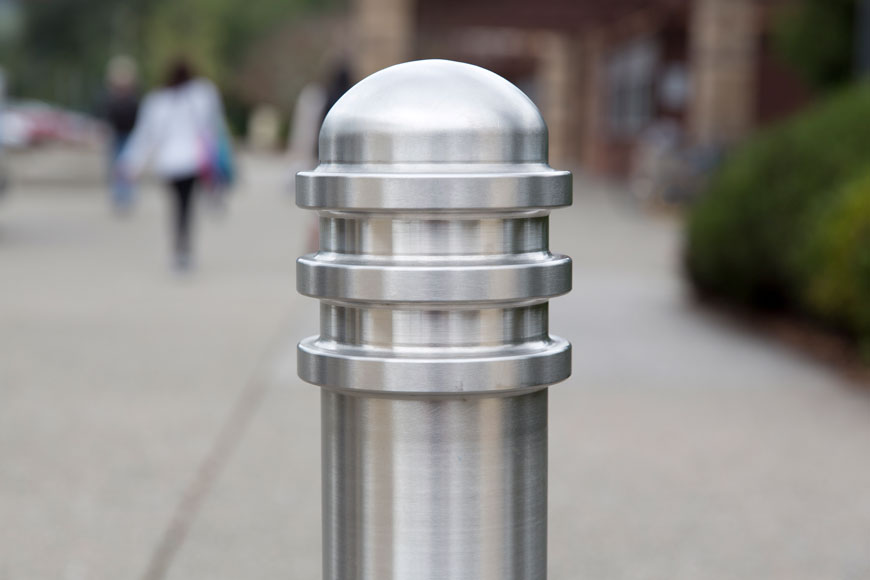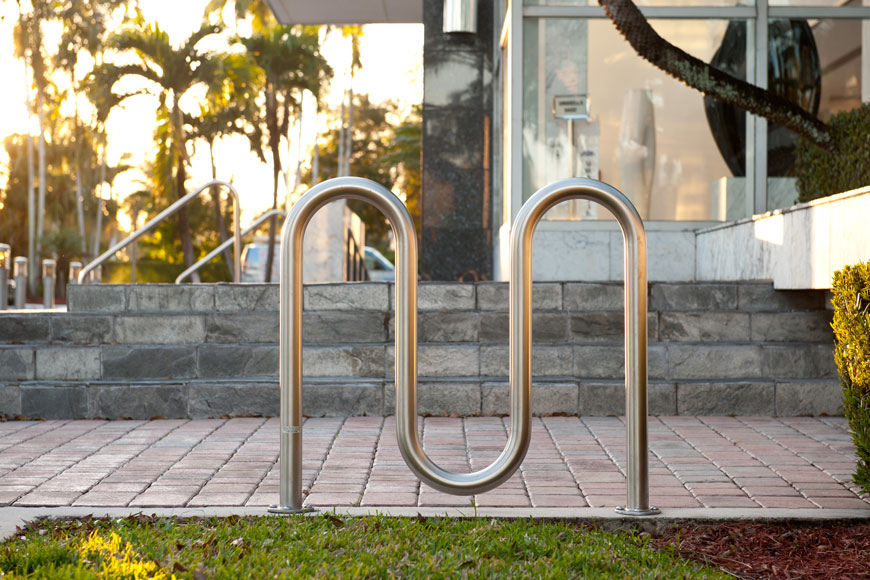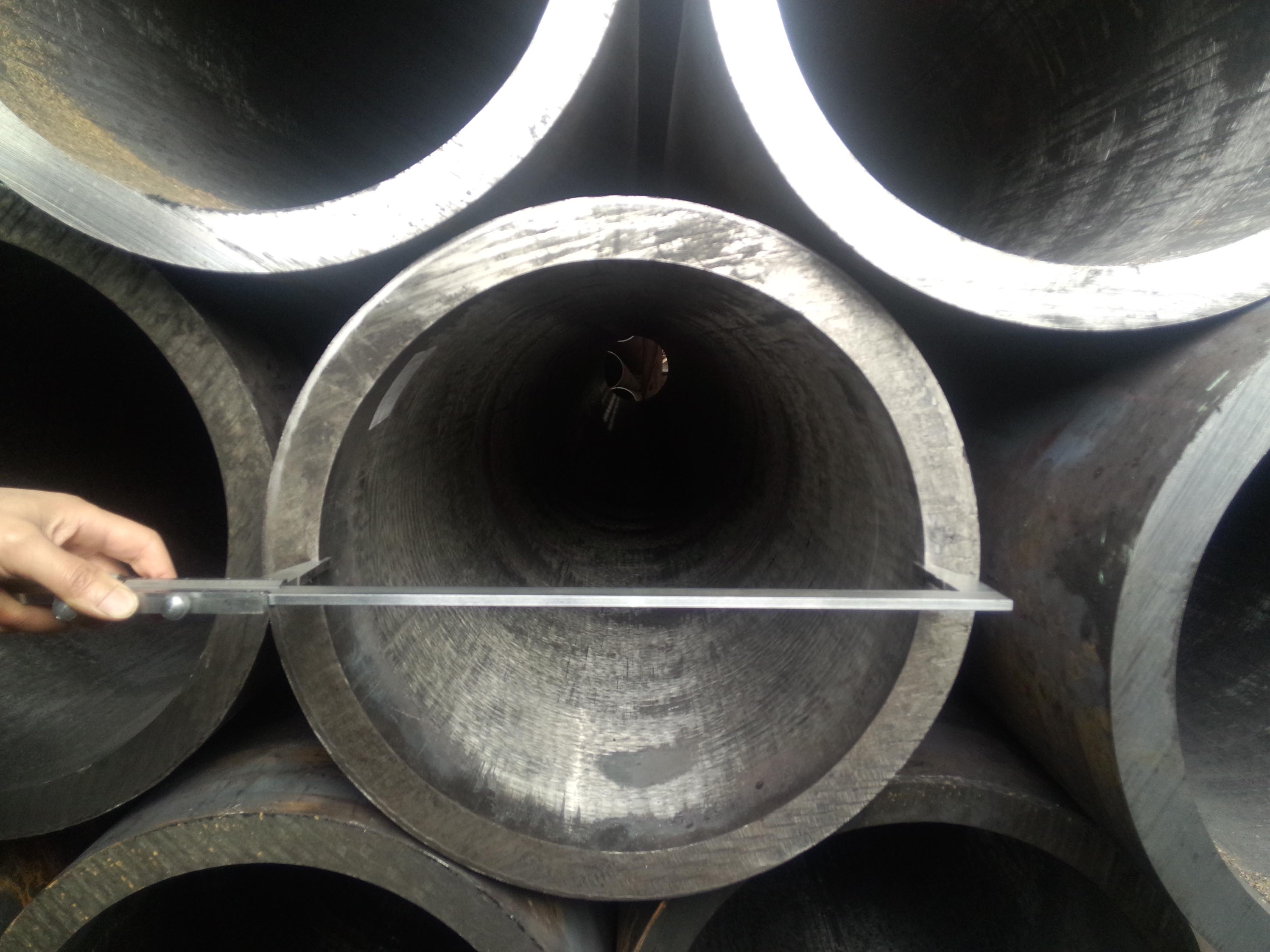1 月 . 25, 2024 15:14 Back to list
Carbon Steel Pipe-stainless steel Does Stainless Steel Rust?
Best practices in rust prevention from design to maintenance
Will stainless steel rust?
Stainless steel is naturally corrosion-resistant, but it is not immune to rust. While it is less prone to rusting than conventional steels, exposure to damaging chemicals, saline, grease, moisture, or heat for extended periods of time can cause corrosion. The likelihood of corrosion depends on the chromium content of the stainless steel, with higher chromium content reducing the risk of rust formation.
Stainless steel basics
To understand why stainless steel is rust-resistant, and how this resistance breaks down, it is helpful to understand how these alloys are different than other steels.
Stainless contains a minimum of 10.5% chromium. This chromium reacts quickly with surrounding oxygen to form a thin oxide layer on the steel’s surface. Unlike iron oxide, which often is in the form of flaky and corrosive rust, the chromium oxide clings to the steel. It therefore acts as a protective barrier. The chromium oxide is known as a passive film which seals the iron in the alloy away from the air and water in the environment. This film gives stainless its rust-resistance.
Types of stainless steel corrosion
There are six common types of stainless steel corrosion:
- General
- Galvanic
- Intergranular
- Pitting
- Crevice
- Stress corrosion cracking
General corrosion is considered the safest form of corrosion as it is predictable, manageable, and often preventable. Localized corrosion, such as pitting and crevice corrosion, are harder to detect due to the smaller surface area affected, but can still have damaging effects. Stress corrosion cracking is also concerning as the cracks may not be detected until the application fails.
TYPES OF CORROSION
General corrosion
(or uniform corrosion)
- Uniform loss of metal over entire surface
- Stainless steel with pH value of less than 1 are more prone to general corrosion
Galvanic corrosion
(or bimetallic corrosion)
- Electrochemical process where one metal corrodes preferentially compared to another in the presence of electrolyte
Intergranular corrosion
- Corrosion where boundaries of crystallites are more likely to corrode than inside surfaces
- Occurs after heating austenitic stainless steel at approximately 842–1562°F
Pitting corrosion
- Localized corrosion resulting in cavities or holes
- Occurs when stainless steel is exposed to environments containing chlorides
Crevice corrosion
- Localized corrosion at the crevice between two joining surfaces
- Formed between two metals or between metal and non-metal
Stress corrosion cracking
- Growth of crack formation in corrosive setting
- Tensile stresses in combination with corrosive environmental conditions lead to cracking
Stainless steel rust prevention
Steps to prevent stainless steel corrosion should be undertaken throughout the stainless steel lifecycle. Best practices during the design and production stage, as well as routine maintenance, will prolong the performance and appearance of the metal.
1. Design
Taking a proactive stance with stainless steel design pays off in the long term. Proper planning in the design stage of stainless steel applications will minimize water penetration and reduce the potential for surface damage. Drainage holes for water should be used when possible, and cavities and crevices limited. Air flow is critical, and the design should encourage air to circulate freely throughout the application.
2. Fabrication
During the fabrication stage, it is important to prevent stainless steel from contacting iron or ordinary steel. This requires vigilance in surveying the surrounding environment including work tables, tools, storage units, steel turning rolls, and chains. Any carbon steel dust particles settling onto the stainless steel during fabrication can contaminate its surface, increasing the potential for rust formation. Furthermore, cleaning and grinding tools that have been used with carbon or low alloy steel must be kept separate from stainless steels.

3. Maintenance
Regular maintenance plays a key role in stainless steel rust prevention, as well as limiting the progression of existing rust. It is essential to remove any rust that has formed using mechanical or chemical means. The resulting grime can then be cleared away using warm water and soap. After cleaning, a rust-resistant coating should be applied.

Stainless steel for outdoor site furnishings
Outdoor site furnishings are meant to create dynamic city spaces that are efficient, safe, and enhance social interaction. Benches, tables, planters, bike racks, and bollards are examples of furnishings that work to establish order on city streets by preventing clutter and protecting pedestrians from heavy traffic. Outdoor site furnishings are repeatedly exposed to mechanical damage and weathering. Therefore, stainless steel is a highly sought-after base material because of its rust resistance—built in as a chromium-oxide layer. This significantly reduces rust in most furnishings when exposed to harsh elements.

Cleaning stainless steel for ongoing maintenance is generally easy and suitable for outdoor environments. Minor surface cleaning can be done with soap and water or a diluted ammonia solution, and dried with a soft cloth or air blower. If rust formation is showing, commercial solutions can be used to passivate the surface of the stainless steel which removes surface oxidation.
Unlike industrial applications, urban furnishings are expected to maintain an attractive appearance and complement surrounding infrastructure. When taking on this dual role of functionality and aesthetics, stainless steel is a reliable material of choice due to its durable yet refined presence.

-
High Quality Mild Steel Pipe Manufacturers in China for Exporting Premium Industrial Solutions
NewsAug.01,2024
-
Exploring Key Characteristics of Wholesale API Steel Pipes for Your Business Needs
NewsAug.01,2024
-
Current Wholesale Prices for ERW Steel Pipes in the Market Right Now
NewsAug.01,2024
-
Exploring the Diverse Applications and Benefits of China Round Steel Pipes in Construction and Industry
NewsAug.01,2024
-
Top Quality API 5L ERW Steel Pipe Manufacturer Offering Reliable and Durable Solutions for Your Needs
NewsAug.01,2024
-
Reliable Supplier of Premium Quality Concrete Pipes for Durable Construction Projects
NewsAug.01,2024
